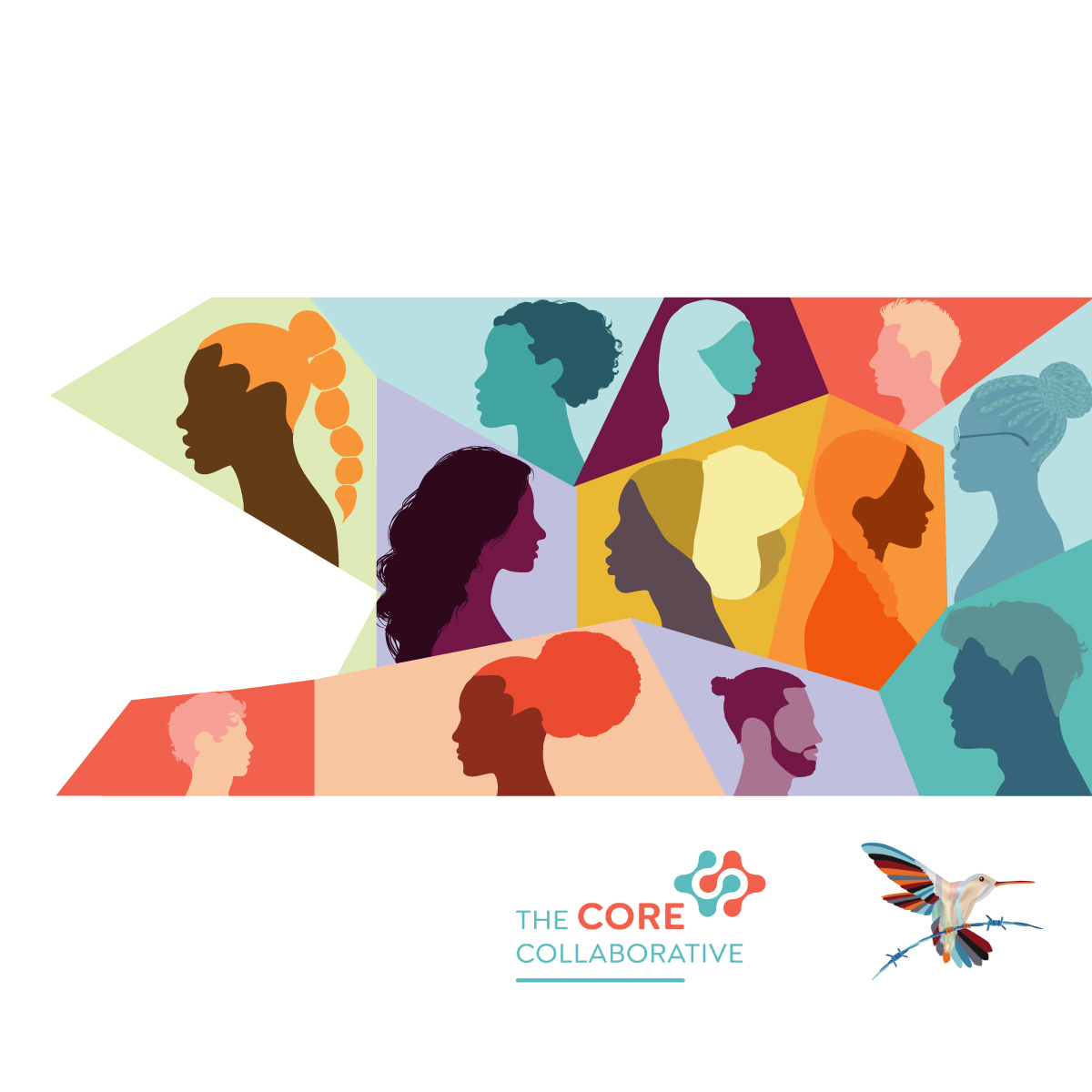My favorite way to create a classroom environment where students’ cultural identities are affirmed is through class meetings.
Stories shape our understanding of the world, bridge gaps between cultures, and, most importantly, validate our unique identities. As an educator, I’ve always been fascinated by how these stories can become threads in the classroom, allowing each student to contribute to the collective tapestry we weave together. Stories give teachers valuable insights into their students’ lives, allowing them to tailor their teaching methods and create a more inclusive, supportive learning environment where every student feels seen, heard, and valued. Recognizing and appreciating these unique identities is not just an act of inclusion; it’s a catalyst for profound learning and growth.
Here are a few ways we can create spaces where every student feels seen, heard, and celebrated:
1. Embrace Culture
Utilizing aspects of culture as entry points for instruction. When we build on students’ prior knowledge, we expand our impact. We can use more than just literature, art, music, and history to showcase the complexity of different cultures. Go deeper and allow students to share their stories rather than feel we need to know everything.
These resources from Amplify Learner Voice through Culturally Responsive and Sustaining Assessment can help you get started gathering information from students and their families and caregivers.
- Student Perception Survey or Interviews
- Asset-Based Questions for Students, Families, and Caregivers
2. Cultivate a Culture of Curiosity and Respect
Encourage students to ask questions about different cultures, challenge stereotypes, and appreciate the beauty of diversity. Create a safe space where students feel comfortable sharing their cultural experiences, even if they differ from the majority.
3. Empower Student Voices
Empower students to express their cultural identities through their work. Provide opportunities for them to incorporate their cultural experiences into their writing, art projects, and presentations and draw attention to how their unique lives impact their work.
Let’s create opportunities for students to share their own cultural stories.
Class Meetings
My favorite way to create a classroom environment where students’ cultural identities are affirmed is through class meetings. I ask questions that allow students to share their unique perspectives, and I celebrate student achievements that reflect their cultural heritage. This special time together enables us to embrace culture, satisfy our curiosity, practice respect, and empower each voice all in one setting. Check out this resource from the National Equity Project on culturally affirming questions – Cultural Synchronization Questions.
Affirming students’ cultural identities is one of the 7 Principles of Equity Stewardship. This framework aims to support educational systems and those within their ecosystems in creating transformative changes to current practices to expand impact. Affirming students’ cultural identities is not a one-time event; it’s an ongoing process that requires intentionality and commitment, but the rewards are immeasurable.
How do you affirm your students’ cultural identities in your classroom? Share your experiences and ideas with us!
Understand and affirm the cultural identities of everyone in your organization through Youth Equity Stewardship and the 7 Principles of Equity Stewardship.
YES, PLEASE!


